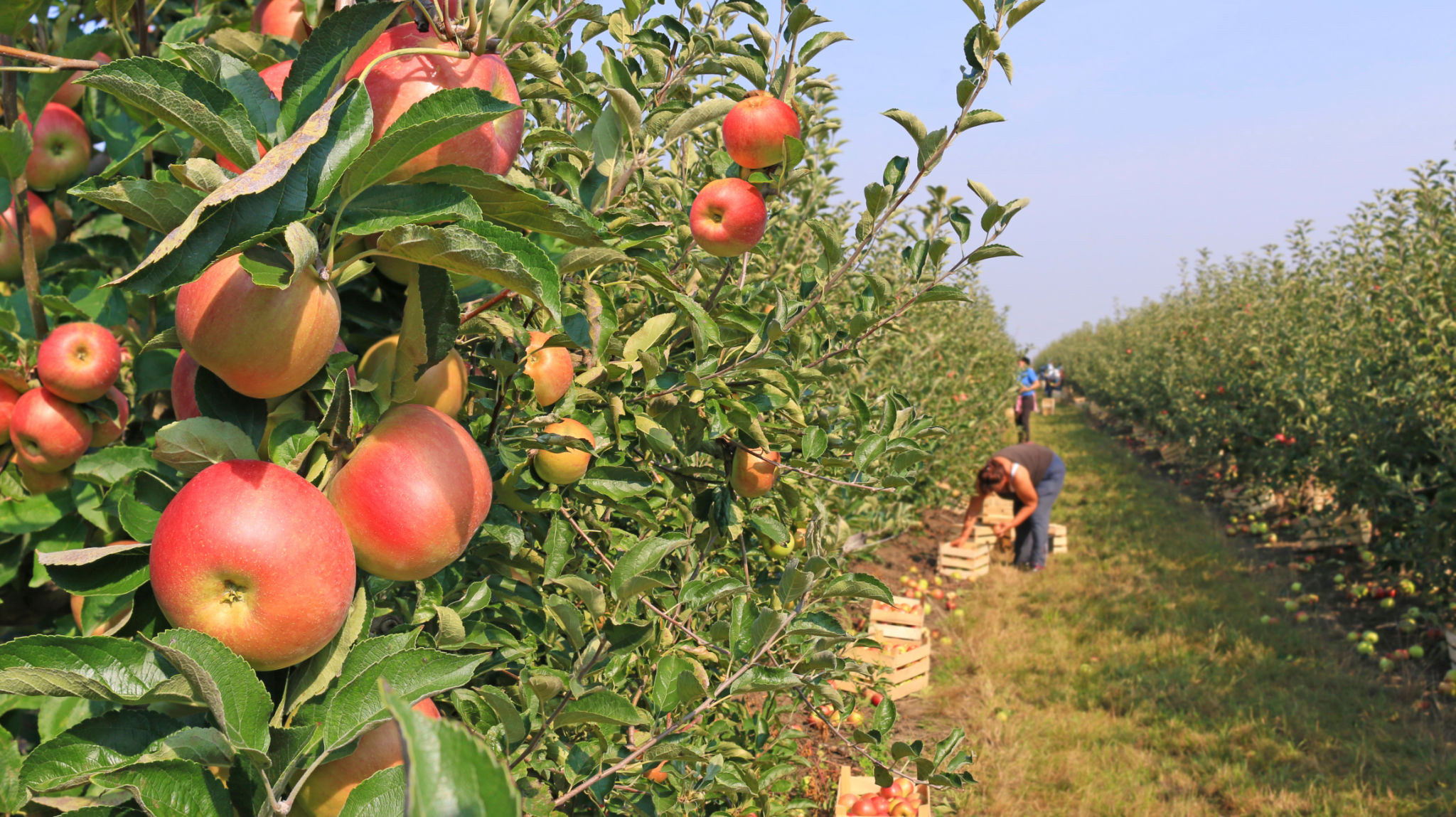How Seasonal Changes Affect Workers' Compensation Claims in California
Understanding Seasonal Variations in Workers' Compensation Claims
Seasonal changes can significantly impact workers' compensation claims in California. These variations often stem from changes in weather conditions, work environments, and industry demands. Understanding these patterns can help employers better manage risks and ensure the safety of their workforce.

Weather-Related Hazards
California's diverse climate means that workers are exposed to a range of weather-related hazards throughout the year. In the winter months, wet and slippery conditions can lead to an increase in slip and fall accidents. Conversely, during the summer, outdoor workers may face heat-related illnesses such as heatstroke or dehydration. Employers must implement appropriate safety measures to mitigate these risks.
For example, providing proper footwear and ensuring walkways are clear and dry during rainy seasons can help reduce fall incidents. Similarly, offering regular breaks and access to water can prevent heat-related health issues during hotter months.
Industry-Specific Impacts
Some industries experience a surge in activity during specific times of the year, which can lead to an increase in workers' compensation claims. For instance, the agricultural sector sees a spike in workload during harvest seasons, raising the likelihood of injuries due to long hours and strenuous labor. Retail workers also encounter heightened risks during holiday seasons due to increased customer traffic and extended working hours.

To address these challenges, employers should consider adjusting staffing levels and providing additional training to handle peak periods efficiently. Ensuring that employees are aware of potential hazards and how to avoid them is crucial for maintaining a safe working environment.
Economic Factors and Workforce Changes
The economic landscape can also influence workers' compensation claims. During economic booms, companies may hire less experienced workers to meet demand, potentially leading to more workplace accidents. Conversely, economic downturns might result in reduced safety measures as businesses look to cut costs.
Employers should strive to maintain consistent safety standards regardless of economic conditions. Investing in ongoing employee training and safety programs can help minimize accidents and reduce compensation claims.

Preventative Measures for Employers
Employers can take several steps to manage the impact of seasonal changes on workers' compensation claims:
- Conduct Regular Safety Audits: Regularly assess workplace safety protocols to identify potential hazards and implement corrective actions.
- Provide Seasonal Training: Offer training sessions that address specific seasonal risks and educate employees on best practices for staying safe.
- Adapt Work Schedules: Adjust work hours to avoid peak heat times in summer or ensure adequate lighting during shorter winter days.
By proactively addressing seasonal risks, employers can create a safer work environment and reduce the likelihood of workers' compensation claims.
Conclusion
The seasonal changes in California present unique challenges for managing workers' compensation claims. By understanding these patterns and implementing targeted safety measures, employers can protect their workforce and minimize financial liabilities. An emphasis on safety, training, and flexibility can go a long way in ensuring a healthy and productive work environment year-round.